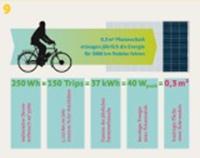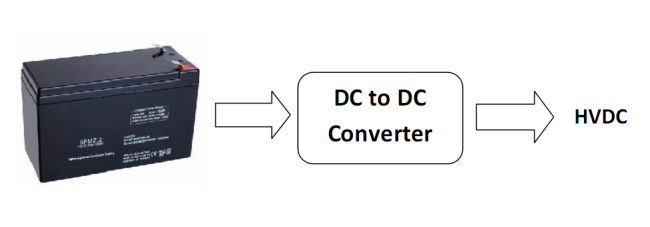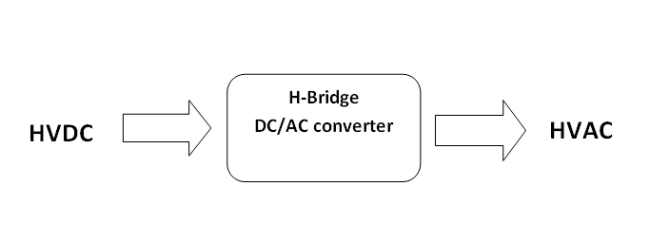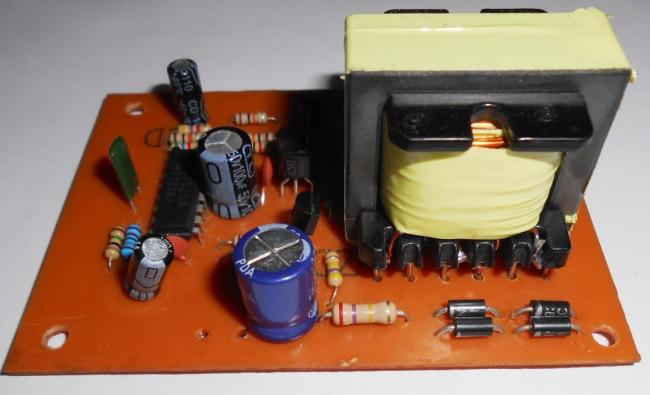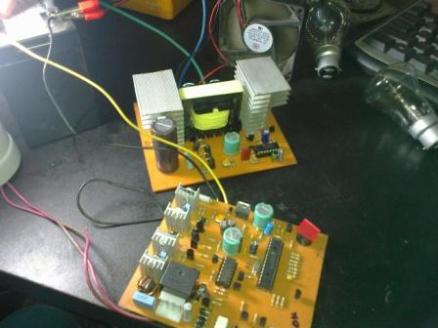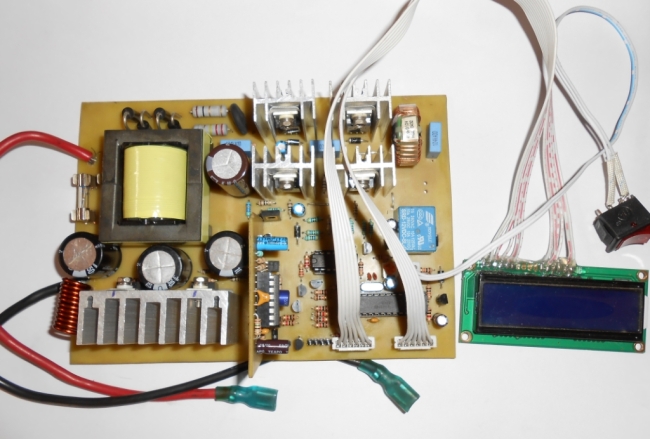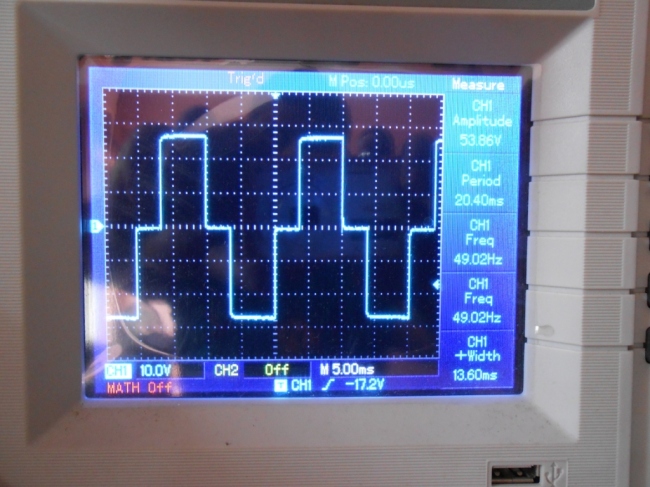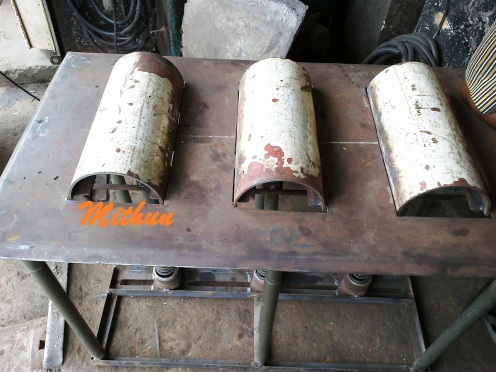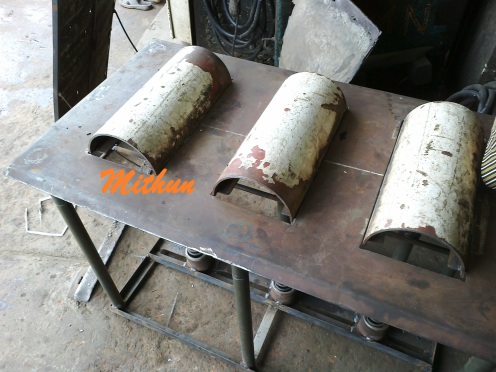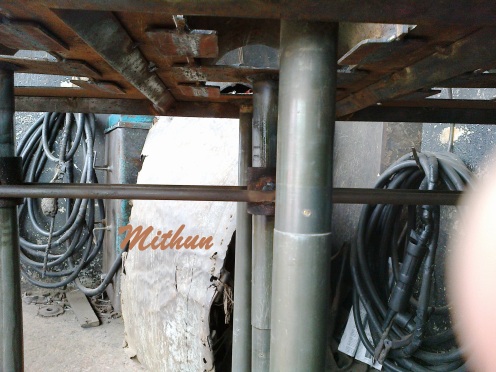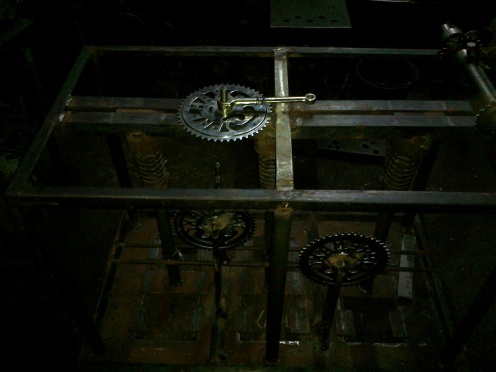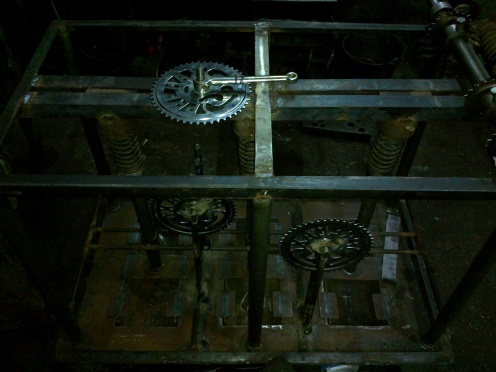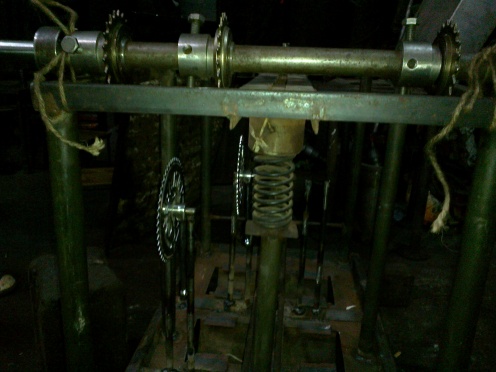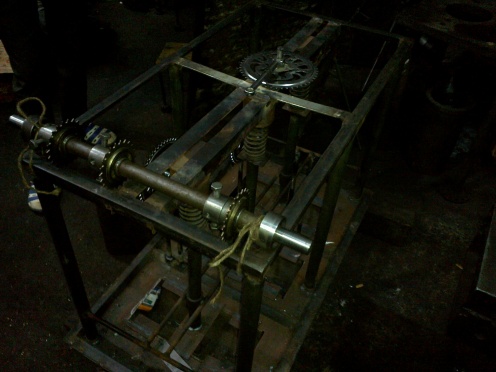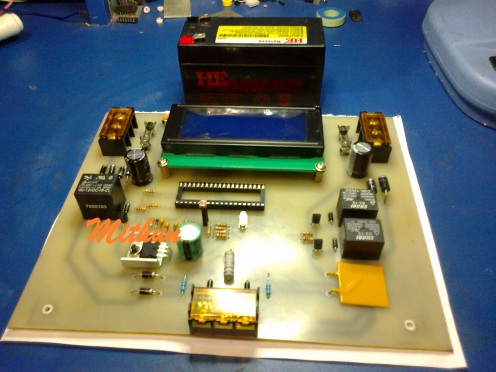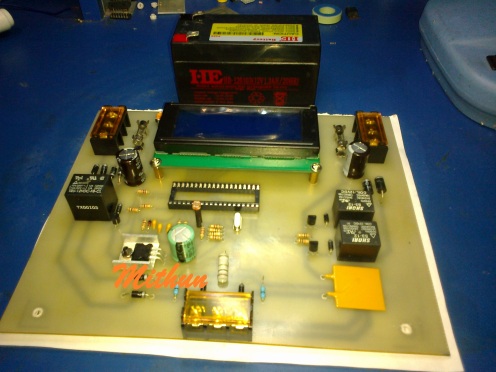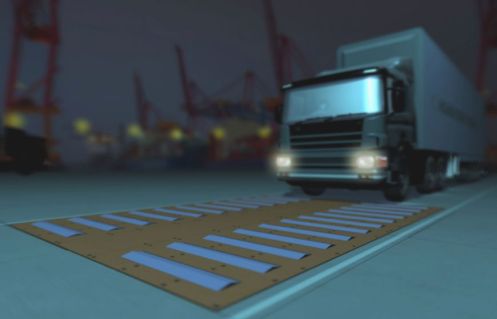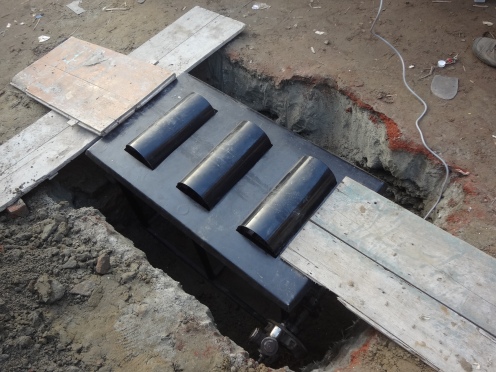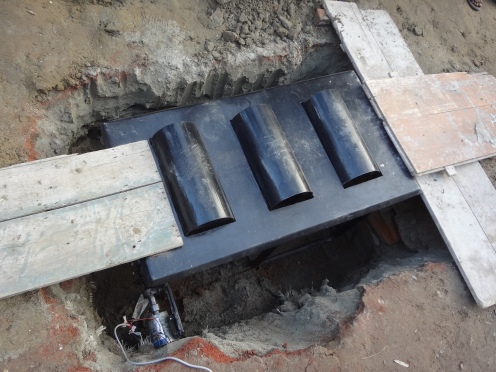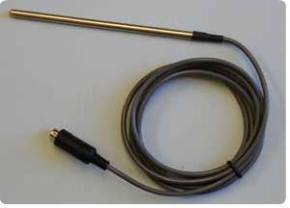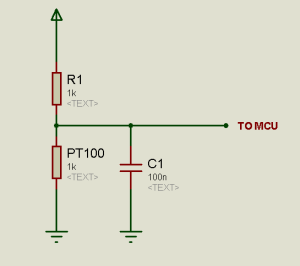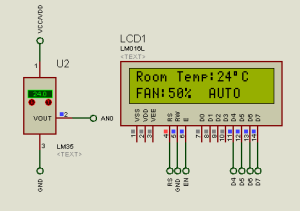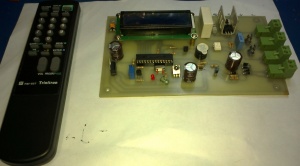Running an E-bike on 100% green, solar energy
One eZeebike owner from Bellville has managed to run his eZee (and house lights) from a solar installation. See his technical account below:Can it be done? Absolutely! Now in 2013. In South Africa.
Is it the right thing to do? Absolutely! Actually, what is really right to do is to ride your e-bike EVERY DAY.
Is it cost effective? Nope, unfortunately not yet. E-bikes are super efficient, and despite all the wars around electricity pricing, this commodity is still phenomenally cheap! E-bikes use very little of what is cheap.
What is required? 1. Solar modules (panels) of 100 – 150 watt, about 1 sq metre.
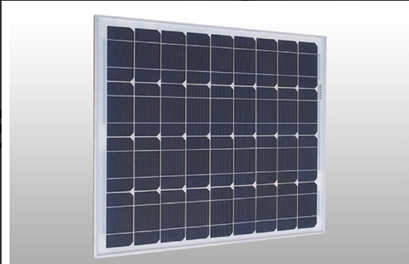
2. A storage battery 12 volt 100 Ah or more. Lead acid (or LA).
We all know what they look like… dangerous,
black, messy… put them in a ventilated room away from where you live !
You get sealed ones though. Still dangerous.
3. Solar energy regulator (to prevent overcharging)
4. Inverter (to make 230 V AC to drive the Li-ion bike charger.)
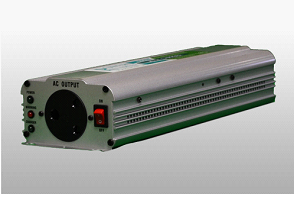
Sizing is important depending on your situation, there are these factors to consider:
- If you live in the Western Cape’s winter rainfall area, you may not be able to charge the bike on 8 x 8 cloudy days, where-as in the rest of the country you can count on enough sunshine most days of the year. (Fully) rainy days in the Cape (Bellville) up to 1 September this 2013 winter were exceptionally many at 10, so even here one can ride on solar energy. In winter!
- If you insist to do real time charging, you could get away with a much smaller LA battery, say 50 Ah. Real time means when the sun is actually shining when you connect the Lion charger, and you are ensuring the sun keeps shining (no earthbound human has achieved that ever!) mostly till end of charge (of the bike) which can be up to 5 hours. You can drive only a 2 A Lion charger from 150 watt panels, not the 4 A quick charge ones.
- If you insist to charge your bike when the sun is not shining, typical of a working person who is away from home during the day and not inclined to trust things to run unsupervised, you want at least 150 Ah in the lead acid department. These very old technology batteries are notorious for giving much less back than was put into them. The bike’s battery is only 400 watt-hours or Wh (40 volt x 10 Ah) where-as the 150 Ah LA battery comes to 12 x 150 = 1800 Wh, which seems like 4.5x overkill, but one has to remember that deep cycle LA batteries do not like fast discharging, they sit down long before that magic 150 Ah is reached. One should ideally only draw 7.5 A from such a size LA, but what a 2 A Lion charger demands from the 12 V side is at least 10 A. LA batteries also do not maintain their rated capacity much beyond the first month and when they are cold they also do not perform well.
Bottom line 3: Bottom Line 1 = Bottom Line 2, get a good size LA deep cycle storage battery.
Advice to go off grid. That is, to have at least the lights in your house NOT dependent on Eskom. You HAVE made this investment now, use the 12V to power LED lights (they draw very low power, less than CFLs) and leave the dirty coal- or nuclear powered lights off all the time ! The size solar farm described above is easily capable of giving you light in the house in addition to the bike’s charging, especially if you charge the bike when the sun is up, which means the LA battery should be fully charged come evening.
Advice for commuters: If you ride the e-bike to work, you may choose to install the solar charging facility at your place of work to allow daytime charging, but you will lose the lights at home. If you install the solar farm at home, you will need a second bike battery to allow one to be on charge and the other on the bike. (Or just get another whole e-bike like me J and swop them every day. With 2 bikes you can always invite a friend to join you on weekend rides. J
J)
Cost? Here is my solar farm’s investment broken down:
150 W solar modules R2 250, do not pay more than R15 per watt
12 V deep cycle LA battery R1 500 – R2 000 for 150 Ah
10 A Charge regulator R450 – R1 800 depending on model
600 watt inverter R2 100 –is depending on model.
My experience is that the Lion charger does not like being driven from a ‘modified sine wave’ inverter, it simply shuts down. So you have to invest more and get a pure sine wave inverter. The spin-off is that it can also drive your TV and other light loads like i-goeters, should the ‘Power Giant’ let you down one stormy night. Of course, you can get a Lion bike charger that runs directly off 12 VDC and you do not need the inverter at all.
Total R6 300. 150 watt harvested over 6 hours 40 minutes per day comes to 1 kWh, which currently costs about R1,30 a unit. So you can now see that even if you flatten your bike’s 400 Wh battery twice every day and recharge successfully twice every day, given some 25 % inefficiency in the chain, it will take 4 846 days (= 13 years and 3 months) to break even, IF the LA batteries last more or less for ever and not only 3 – 4 years…
So why do it? Because it can/SHOULD be done! And because my house cannot go dark any more.
10 Reasons to use an electric bicycle:


|

|

|

|

|

|

|

|

|








